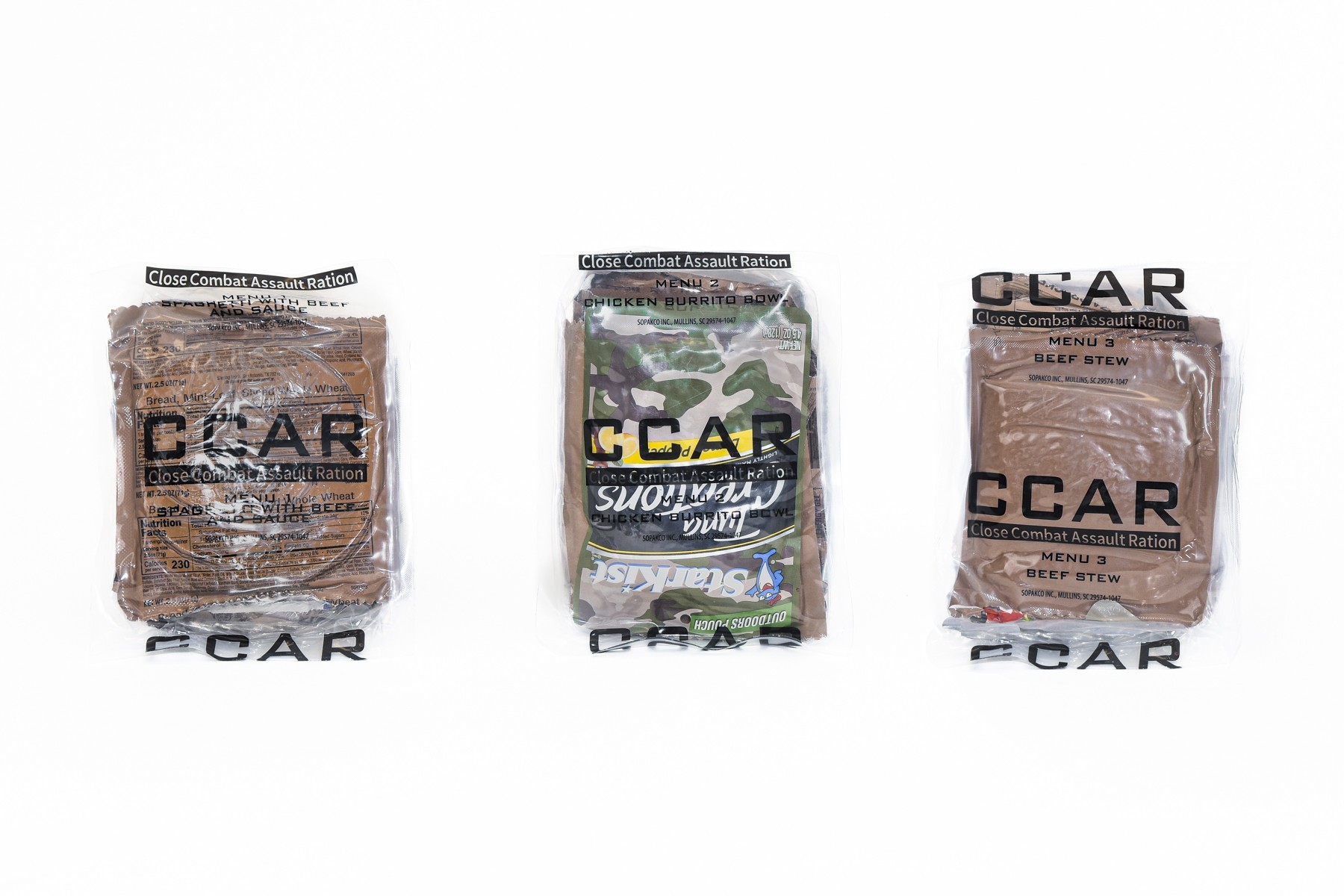Introduction to the New Close Combat Assault Ration
The U.S. Army has introduced a new type of individual field ration called the Close Combat Assault Ration (CCAR). This ration is designed to meet the needs of soldiers operating in remote or harsh environments where resupply is limited. The CCAR represents a significant advancement over previous rations, offering improved nutrition and convenience for troops.
Development of the CCAR
The development of the CCAR began in 2019 under the Army Combat Capabilities Development Command. The goal was to create a ration that could support small units for up to 7 to 10 days without needing frequent resupply. The previous options, such as the Meal, Ready to Eat (MRE) and the First Strike Ration, were too bulky and heavy for this purpose.
The CCAR is much more compact than its predecessors. It has a 39% reduction in volume and a 17% reduction in weight. This means that a soldier can carry five days’ worth of nutrition in the space typically used for three days. This improvement makes it easier for troops to move quickly and efficiently during operations.
Tolong support kita ya,
Cukup klik ini aja: https://indonesiacrowd.com/support-bonus/
User Feedback and Design Changes
Initially, developers considered using nutrient-dense bars as part of the ration. However, they changed their approach after receiving feedback from service members. In 2019, the team gathered input from several military units, including the 10th Special Forces Group at Fort Carson, Colorado; the 10th Mountain Division at Fort Drum, New York; and the 2nd Reconnaissance Battalion, 2nd Marine Division at Camp Lejeune, North Carolina.
User acceptance and nutritional value were key considerations during the design process. Erin Gaffney-Stomberg, chief of the Combat Feeding Division, emphasized the importance of making sure that the food is not only nutritious but also appealing. She stated, “It’s not nutrition if it’s not eaten.” The focus was on creating a ration that looks, smells, and tastes good while being safe and effective.
Impact on Performance and Nutrition
Studies have shown that soldiers who consumed the CCAR had better energy intake compared to those who ate the First Strike Ration. This is due to the higher energy density of the CCAR. James McClung, chief of the Military Nutrition Division, noted that negative energy balance—when soldiers cannot consume enough calories to meet their metabolic needs—can harm performance.
However, the studies also found that the CCAR did not negatively affect physical performance. This is a critical factor for the Army and Department of Defense as they work to optimize the performance and lethality of their troops. The CCAR provides a promising solution for short-term missions where minimizing logistical burden is essential.
Key Benefits of the CCAR
- Reduced Volume and Weight: The CCAR is significantly smaller and lighter than previous rations, making it easier to transport.
- Improved Nutritional Value: The ration is designed to provide more calories and better energy density, helping soldiers maintain their strength and endurance.
- User-Friendly: The food is appealing and easy to consume, ensuring that soldiers are more likely to eat it.
- Performance Enhancing: Studies show that the CCAR does not hinder physical performance, which is crucial for combat readiness.
Conclusion
The introduction of the Close Combat Assault Ration marks a major step forward in providing soldiers with efficient, nutritious, and practical food options. By addressing the challenges of weight, volume, and user acceptance, the CCAR ensures that troops can stay well-fed and focused during critical missions. As the Army continues to refine its capabilities, the CCAR stands out as a valuable tool in supporting the health and effectiveness of its personnel.







